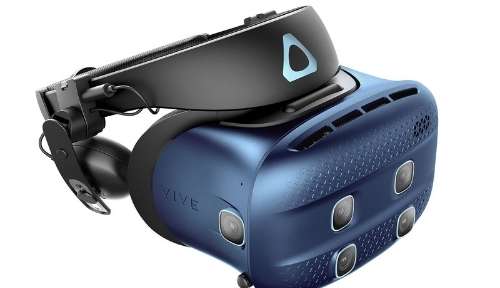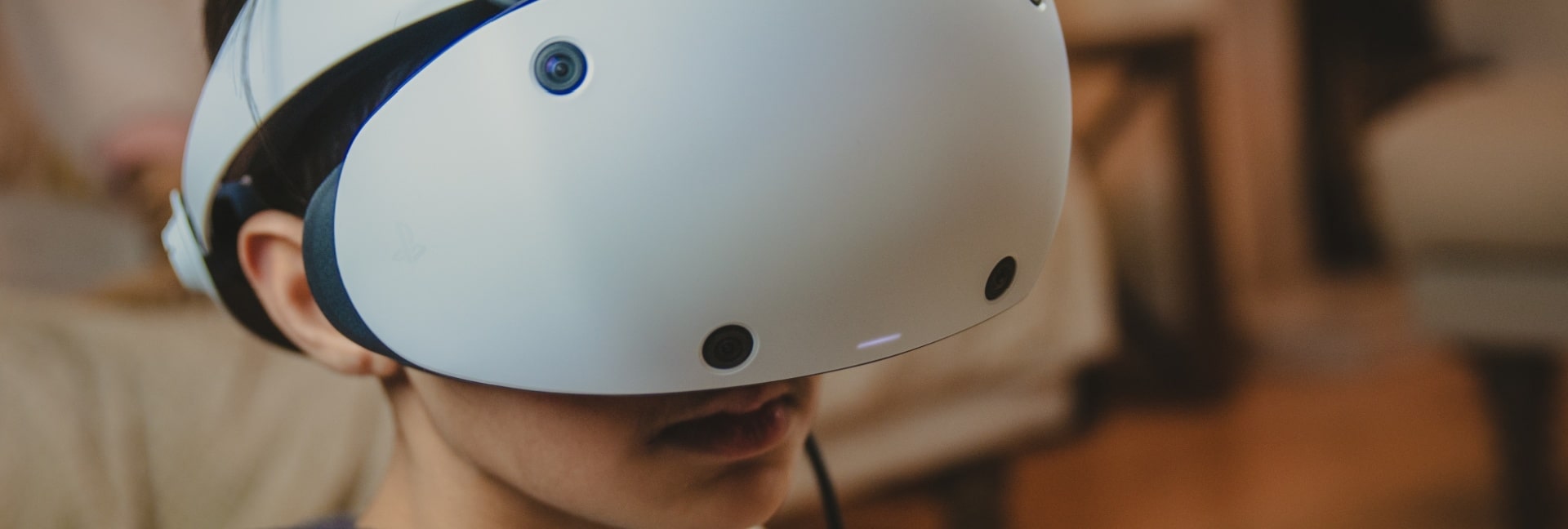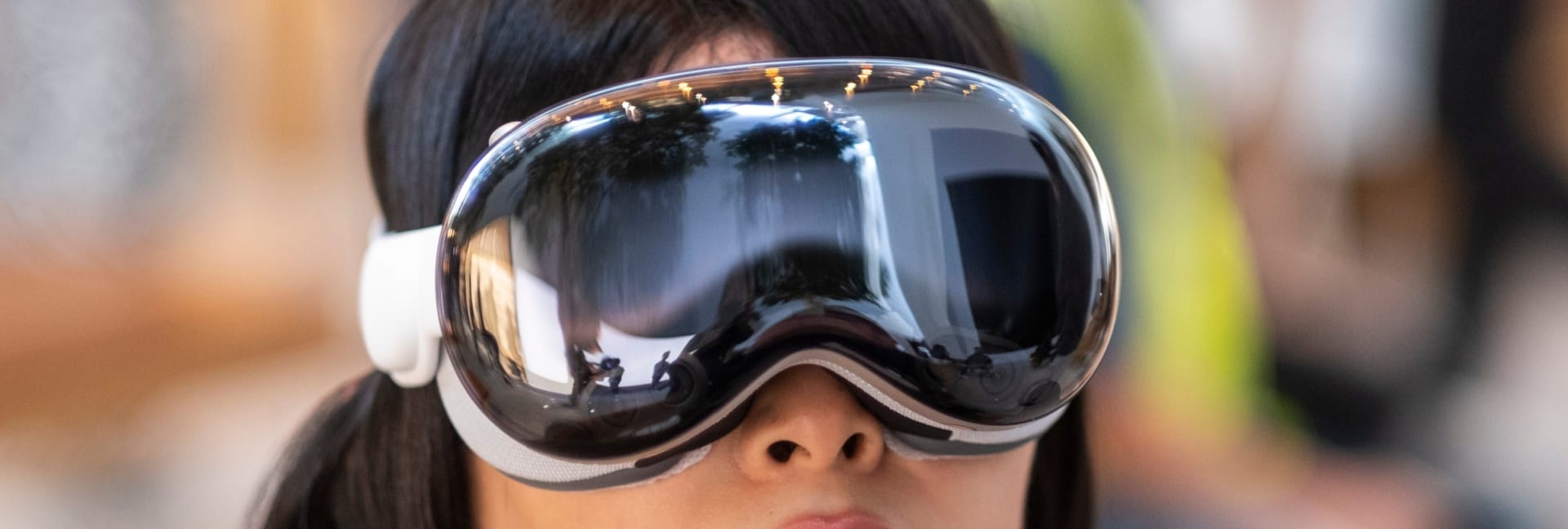This is the name given to a virtual environment in which the person is fully immersed within it. CAVE stands for CAVE Automatic Virtual Environment and takes the form of a cube-like space in which images are displayed by a series of projectors.
CAVE set up
A typical CAVE set up includes the following:
- Rear projection walls
- Down projection floor
- Speakers at different angles
- Tracking sensors in the walls
- Sound/music
- Video
There may be a few differences between different CAVE systems but generally, this is the standard set up.
The person wears a pair of virtual reality glasses or a head mounted display (HMD) which displays a three dimensional image via a process known as stereoscopy. This is where someone is shown two images – one per eye – which the brain combines into a single image.
These images are generated by powerful computers and a motion capture system which records the person’s actions inside the CAVE. These actions are converted into a series of images which are then displayed to the person via their glasses.
CAVE interaction
A main feature of the CAVE system is interaction. The combination of interaction and total immersion is known as telepresence in which a person can literally lose themselves within the virtual environment.
Interaction takes place using a variety of input devices, for example, a joystick, wand or more commonly, a haptics device, i.e. data glove. This enables the person to interact with objects, for example, pulling, twisting or gripping by means of touch. The ability to do this is known as haptics.
Haptic interaction
A haptics system can also enable the person to experience a reaction also known as force feedback. These reactions take the form of vibrations or other forms of movement and contribute to the experience. They are often accompanied by sound, video and/or images.
Force feedback is often seen in computer games, for example racing car games where the person feels the car losing control or fighting to stay on the road when cornering. But it is becoming increasingly popular in other areas such as touch screen in-car navigation systems and surgery simulation.
Haptics have gained acceptance in virtual reality as they add an extra element to image only systems. Virtual reality is based upon a person using all of their senses whilst immersed in a 3D environment and touch is one of those senses. Also used for 3D design.







